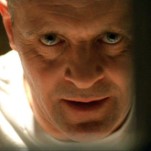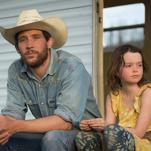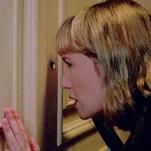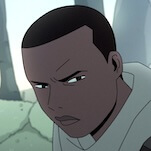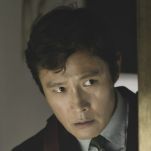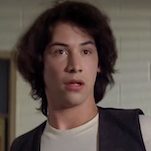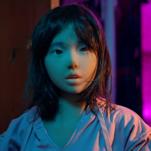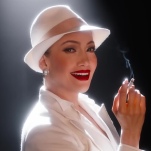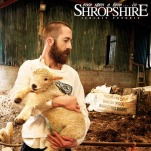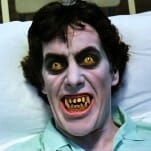Stranger Things Gets Queer Representation Right Through the Tender Individuality of Each Coming Out Moment
Photo Courtesy of Netflix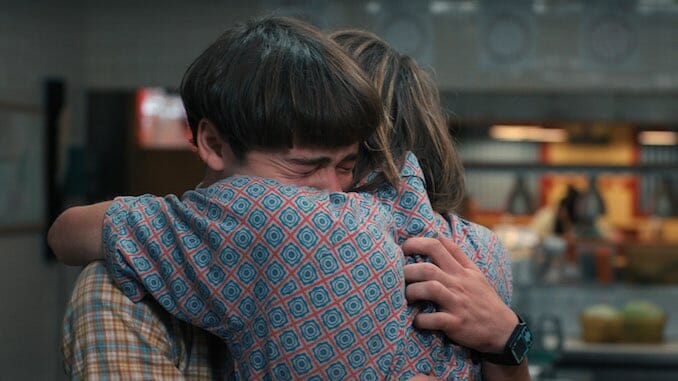
The Duffer Brothers’ Netflix show, Stranger Things, achieved worldwide success thanks to its compelling storylines, well-crafted characters, even pacing, and out-of-this-world scenes that became instantly iconic. And even though the plot is set in the 1980s, the show doesn’t shy away from including LGBTQ+ representation. Next to its sci-fi elements, Stranger Things is also a coming-of-age story, and it has grown to highlight the individuality and significance of certain characters both coming of age and coming out. With this inclusion, the creators introduced their first queer character, Robin Buckley (Maya Hawke), and in the most recent season delivered one of the show’s most touching, important plotlines: Will Byers (Noah Schnapp) and his difficult path to realizing his true self.
At the beginning of Season 4, the friends from Hawkins are split. While Eleven (Millie Bobbie Brown), Will (Schnapp), Jonathan (Charlie Heaton), and Joyce (Winona Ryder) relocate to California and still deal with the loss of Hopper (David Harbour), Mike (Finn Wolfhard), Lucas (Caleb McLaughlin), Dustin (Gaten Matarazzo), and Max (Sadie Sink) navigate their lives back home, trying new things and facing new challenges in their personal lives. But soon their lives are turned upside-down (!) with the arrival of a monster named Vecna (Jamie Campbell Bower) who feeds on guilt, fear, and grief, and won’t stop until he destroys Hawkins.
The genius of Stranger Things lies in its many layers. In addition to the topics of parallel universe, multiple dimensions, and blood-thirsty monsters, The Duffer Brothers also include two superb and touching stories, each very different from one the other, but both incredibly vital for LGBTQ+ viewers. With her arrival in Season 3, Robin swiftly became an integral part of the Stranger Things universe. Hawke’s character is a young woman who many have come to love, and it’s been delightful seeing her as a part of a duo with fan-favorite Steve Harrington (Joe Keery). She’s clumsy, talkative, and quirky, and she’s always willing to help, not questioning anything she hears. Although viewers can appreciate and champion her budding friendship with Nancy (Natalia Dyer) in Season 4, what continues to stand out is the pivotal scene between Robin and Steve from Season 3.
In it, the two are stuck in the bathroom stalls in their bloody, dirty ”Scoops Ahoy” uniforms, and Robin finally musters the courage to share a significant part of her identity. This not only demonstrates that she believes she can trust Steve, but also that she is ready: “Do you remember what I said about Click’s class,” she asks, “about me being jealous, and like, obsessed? (…) It isn’t because I had a crush on you. It’s because… she wouldn’t stop staring at you,” Robin reveals. “Mrs. Click?” Steve asks. “Tammy Thompson,” Robin ultimately comes out. “I wanted her to look at me. But she couldn’t pull her eyes away from you and your stupid hair. And I didn’t understand because you would get bagel crumbs all over the floor. And you asked dumb questions. And you were a douchebag. And you didn’t even like her, and I would go home and just scream into my pillow.”
It’s worth remembering that Hawke’s character is doing this in the 1980s when homosexuality wasn’t really understood or accepted. As a result, Steve’s reaction is even more genuine: “But Tammy Thompson’s a girl,” he begins before realizing what Robin means. The scene is one of the show’s most endearing moments. As a member of the community and someone who had to come to terms with the same revelation as Robin, I felt this moment deeply in my heart. It reminded me of my high school years, and my first crush. Robin’s character, within one monologue, managed to embody all the confusion, flushing, and awkwardness that I felt.
-

-

-

-

-

-

-

-

-

-

-

-

-

-

-

-

-

-

-

-

-

-

-

-

-

-

-

-

-

-

-

-

-

-

-

-

-

-

-

-









